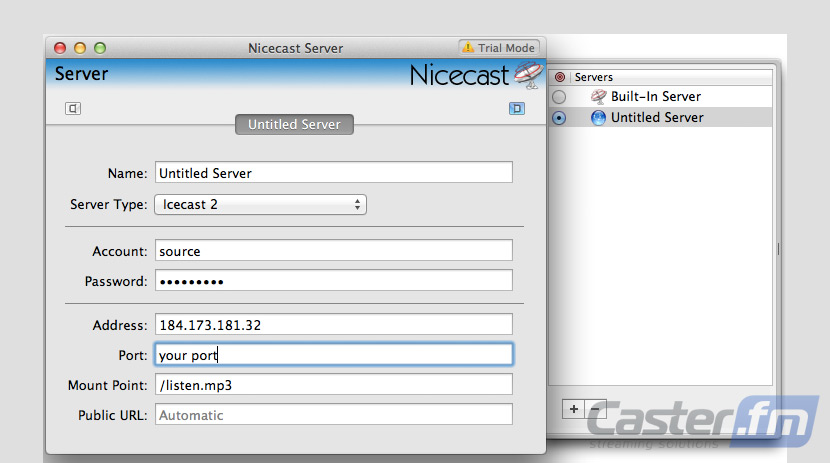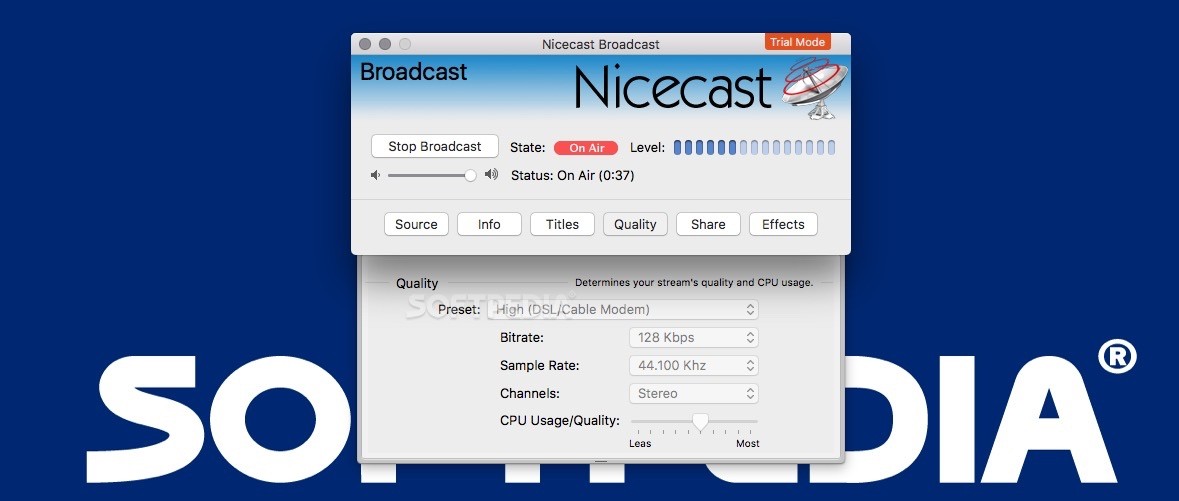
While HTTP is stateless, RTSP has state an identifier is used when needed to track concurrent sessions. Like HTTP, RTSP uses TCP to maintain an end-to-end connection and, while most RTSP control messages are sent by the client to the server, some commands travel in the other direction (i.e. Presented here are the basic RTSP requests. Some typical HTTP requests, like the OPTIONS request, are also available. The default transport layer port number is 554 for both TCP and UDP, the latter being rarely used for the control requests. OPTIONS An OPTIONS request returns the request types the server will accept. Public: DESCRIBE, SETUP, TEARDOWN, PLAY, PAUSEĭESCRIBE A DESCRIBE request includes an RTSP URL (rtsp://.), and the type of reply data that can be handled. This reply includes the presentation description, typically in Session Description Protocol (SDP) format. Among other things, the presentation description lists the media streams controlled with the aggregate URL. In the typical case, there is one media stream each for audio and video stream. C->S: DESCRIBE rtsp:///media.mp4 RTSP/1.0Ĭontent-Base: rtsp:///media.mp4 The media stream URLs are either obtained directly from the SDP control fields or they are obtained by appending the SDP control field to the aggregate URL. SETUP A SETUP request specifies how a single media stream must be transported.

This must be done before a PLAY request is sent. The request contains the media stream URL and a transport specifier. This specifier typically includes a local port for receiving RTP data (audio or video), and another for RTCP data (meta information).

The server reply usually confirms the chosen parameters, and fills in the missing parts, such as the server's chosen ports. Transport: RTP/AVP unicast client_port=8000-8001 Each media stream must be configured using SETUP before an aggregate play request may be sent.


 0 kommentar(er)
0 kommentar(er)
